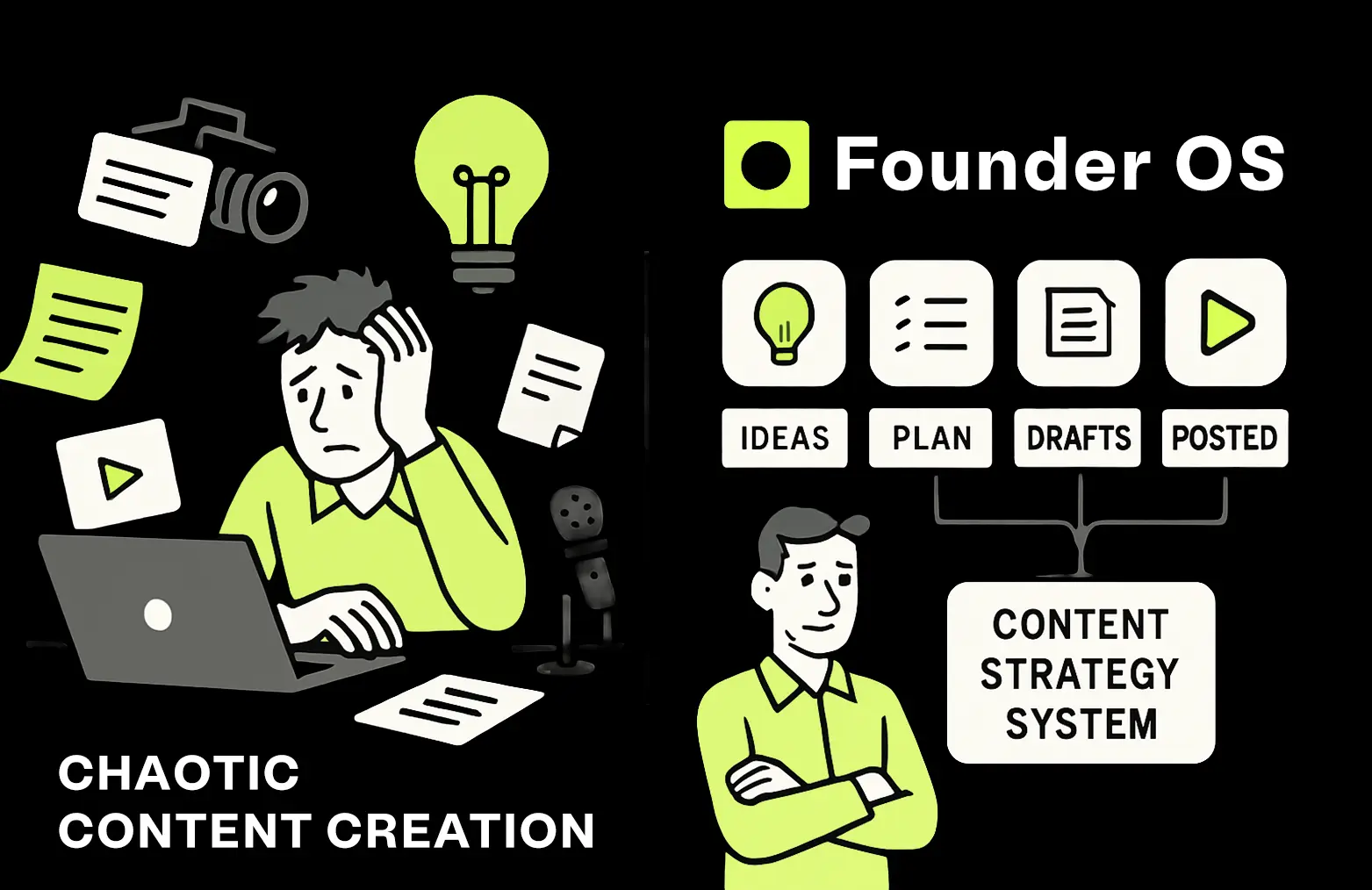Knowing Your Audience
Picture trying to strike up a conversation with a stranger when you know nothing about them. It’s awkward and might not go well. The same idea applies to your website content.
Why does understanding your target audience matter? Here’s why:
- Tailored Messaging: Content that speaks to your ideal customer’s interests and pain points is way more likely to hit the mark.
- Stronger Connection: People want to feel understood. When your content shows you “get” them, it builds trust.
- Waste Less Time: Know who you’re aiming for. It will cut through the noise and let you focus your energy on those most likely to become customers.
So, how do you get inside their heads? Here are a few strategies to try:
- Surveys and Polls: Ask your existing audience about their needs, interests, and challenges.
- Social Media Listening: See what kinds of conversations and questions your target audience has online.
- Customer Interviews: Talking to real people offers the richest insights.
Let me explain. I like to think of it like taking your friend to dinner for their birthday. Do you take them to a cheap drive-thru? Or do you take them to a fine restaurant, where you know they’ll have an excellent experience?
Crafting compelling website content works the same way. Understanding your audience lets you give them something they actually want. That builds a connection rather than making them feel like just another number.






.webp)


